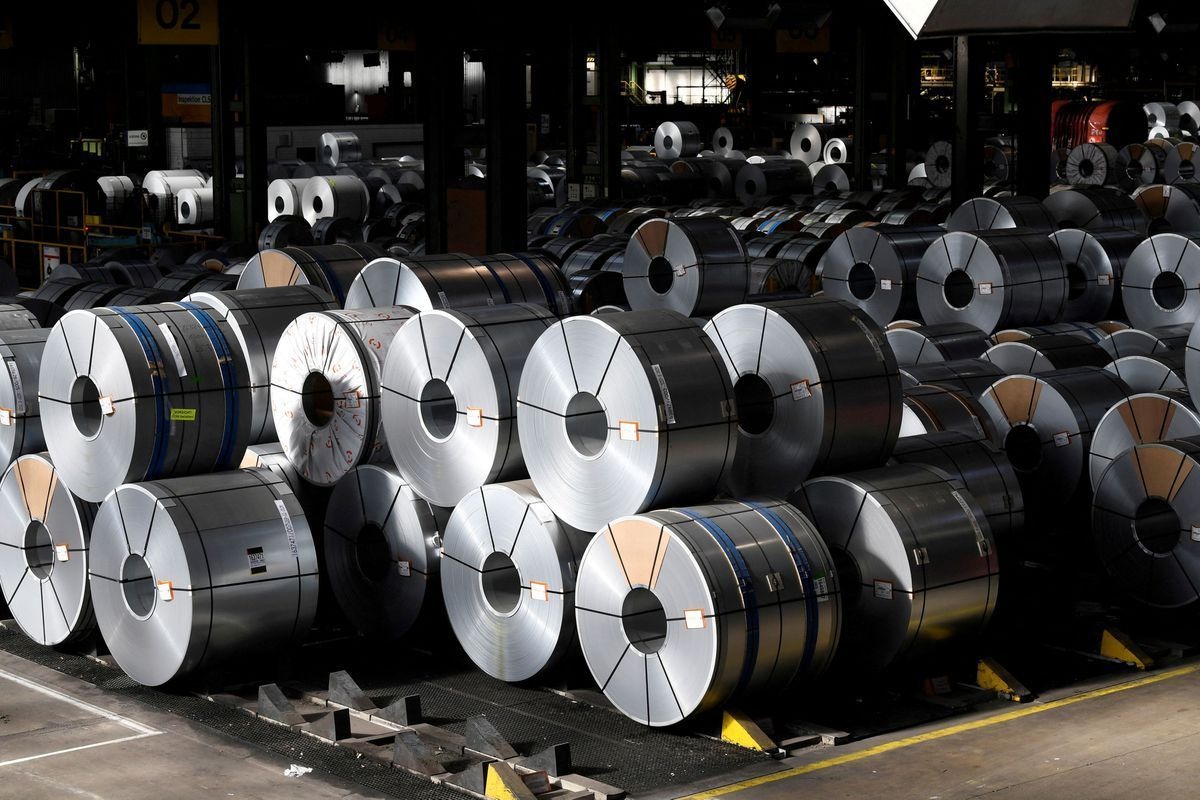India–US Trade Tensions Rise Over Steel and Auto Tariffs NMDC Limited reports a 38% drop in Q4 FY24 consolidated net profit RINL to Raise $23 Million Through Land Sales Amid Crisis

Global crude steel production exhibited little change in 2023 compared to the previous year, holding at 1888.2 million tonnes (mt), a marginal difference from 1888.7 mt in 2022. However, there was a noticeable decline of 5.3% in global crude steel production in December 2023, reaching 135.7 mt, down from 143.3 mt in the same period the previous year. Over the January-December period, the combined production of the 71 nations, representing 98% of global steel output, recorded a slight 0.1% decrease, totalling 1849.7 mt.
According to the World Steel Association, China, the leading steel producer, maintained a stable output of 1019.1 mt in 2023. India experienced a substantial 11.8% increase in steel production, reaching 140.2 mt, up from 125.4 mt the previous year. Japan observed a slight dip in output to 87 mt, down by 2.5% from 89.2 mt in 2022. The United States saw a marginal uptick of 0.2%, reaching 80.7 mt compared to 80.5 mt in the previous year. Russian and South Korean outputs increased by 5.6% and 1.3%, totalling 75.8 mt and 66.7 mt, respectively. However, Germany, Turkey, and Brazil faced setbacks in their production figures, experiencing declines of 3.9%, 4%, and 6.5%, respectively.
In December, China's steel output significantly dropped to 67.4 mt, marking a 14.9% decrease from the same period the previous year. India, on the other hand, witnessed a notable 9.5% increase in production, reaching 12.1 mt. Japan's output slightly rose by 1.1%, reaching 7 mt. The United States and Russia both experienced surges in output, increasing by 7.6% and 4.3% to 6.8 mt and 6 mt, respectively. South Korea saw a modest 2.7% uptick in production to 5.4 mt, while Germany faced a 2.3% decline at 2.6 mt. Turkey, Brazil, and Iran observed increases of 21.2%, 0.9%, and 12.1%, respectively.
Also Read : Indian steel industry can meet Railways' needs: govt panel Global steel production rises by 0.5% in June